The Roksan Xerxes is a known quantity, in part because it’s been around since the 1980s. It might have undergone several changes over the years, and in fact bears scant resemblance to the original deck, but the basics are well documented. In early days, the Xerxes featured a range of arms, but over the years Roksan developed three exceptionally good arms in their own right; the baby Nima, the mid-range Tabriz, and the up-market Artemiz.
Unfortunately, time took its toll on the Tabriz and now the Artemiz. Not in sound quality terms – both were always full of star quality, but key components within the arms are no longer available, which spells the end of the line for both. Spares will still be available for the longest time, but Roksan needed a replacement. Enter… the Pug.
The Pug is perhaps the best named product in audio, because the way the headshell fits onto the cigar-tube thick carbon-fibre arm-tube gives it the appearance of a stubby but loveable pug dog. The three-point, tungsten-carbide ball-and-cup bearing arrangement, the use of solid aluminium and brass components, and the high-grade Cardas wiring all speak to the good character of the arm, but its sophisticated screw-in counterweights within a fixed counterweight section, and its ability to adjust VTA and azimuth with ease, all make this an arm for fit-and-forget and inveterate tweaking types.
If the Pug looks broadly familiar, it’s because the arm shares a lot of the same design DNA with The Wand, from New Zealand based Design Build Listen. In fact, although the two share a lot of common design elements, few parts are actually shared between the two arms, and where The Wand is a little, er, DIY in outlook, the Pug is easy to set-up and as tweaky or as non-tweaky as you want it.
The Pug is priced as a Tabriz replacement. In fact, it’s good enough to replace the the Artemiz tonearm, too (which is notionally still available in tiny numbers, and is a good £1,000 more than the Pug). As such I requested it with Roksan’s top Shiraz cartridge moving coil instead of the Corus Black moving magnet photographed, which you might expect partnering an arm like the Pug. The Shiraz is a tough challenge for the Pug, because any hint of brightness or zing in the performance will be laid out in absolute detail by the EMT-derived top cartridge.
The Shiraz has a reputation for being a wonderful tracking cartridge, but that means it is only as good as the arm letting it do all that tracking, and the Pug scored very highly here. The two acid tests here are something dynamic (a recent reissue of Louis Prima’s The Wildest [Columbia]) and something that used to be dynamic (an old and worn Decca version of the 1812 Overture, where all the cannon fire has been worn out through decades of being played on poor cartridges). The Shiraz is one of the few cartridges that can play both with equanimity without having to set the downforce light enough to compensate for Prima’s Vegas dance band with the entertainment set to maximum, or heavy enough not to mistrack those years of damage in trying to play an LP sporting heavy ordinance. But, such things are only possible if the arm plays its part perfectly, and the Pug does just that.
More importantly than the sheer mechanical precision of the Pug, its most important sonic element is its ability to give every note a sense of precise musical space and harmonic structure, without any hint of one instrument ‘leaking’ into the other. There is a fine sense of separation here, but without ‘isolation’ (the instruments work together as a cohesive whole, but individual instruments are easy to place in space): this is of paramount importance when dealing with recordings like ‘Radio Silence’ from the Neil Cowley Trio album of the same name [Naim Label, 180g LP]. This 2010 slice of new British jazz is complex and demands good equipment to best investigate its charms. The Pug gives you a sense of a trio working together, but also the ability to focus in on the playing of each member of that trio as the music progresses. This is something that is second nature in a live event, but does not translate in anything like the same depth, to the recorded space. The Pug helps restore the balance, especially in the all-important midrange.
Where the Pug shows its limits against the ultra arms is in that architectural sense of deep bass foundations you can hear on the best of the best, but coming back down to earth, the Pug has an advantage here: there are arms in broadly its price range that have a more powerful bass, but they sound ‘stodgy’. I’d happily trade what the Pug does over arms that try to emulate the really big hitters, and fall short in the process. This is forgiveable because of the reasonable price, and the really clever design that extends right down to the arm rest; this is magnetic, rather than a basic ‘seat’.
19 990:-
Läs mer på tillverkarens hemsida >

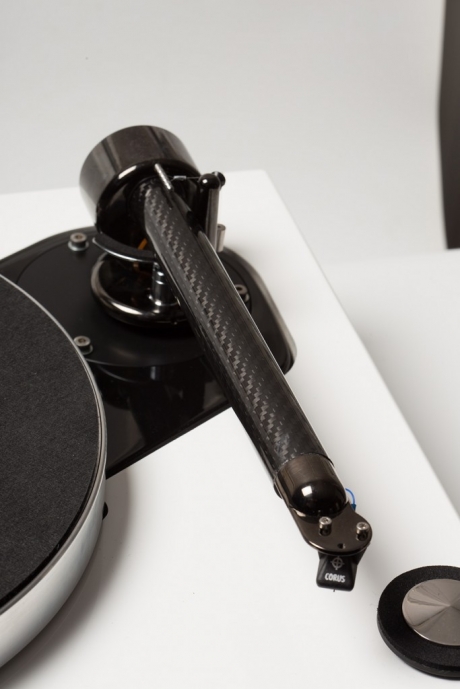
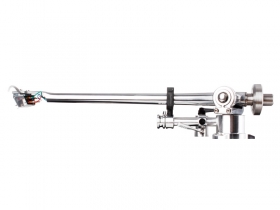
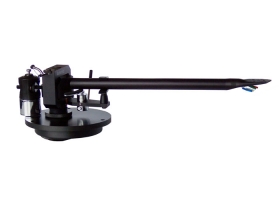
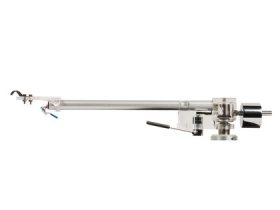
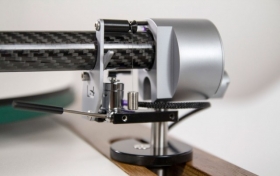
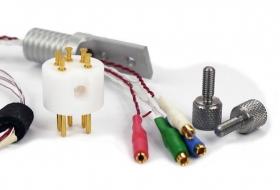

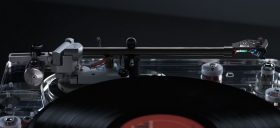
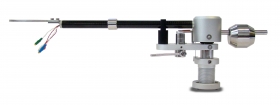
 Lyssna på musiken.
Lyssna på musiken.